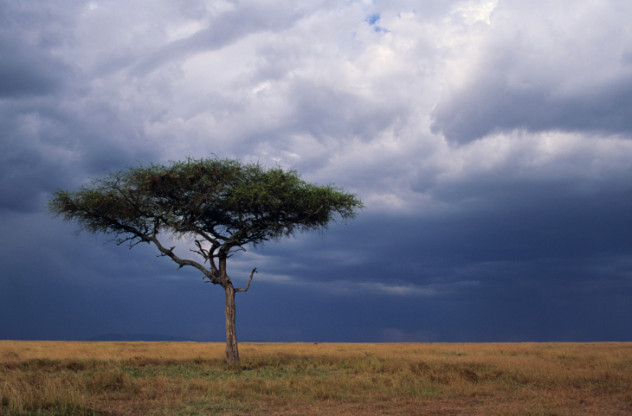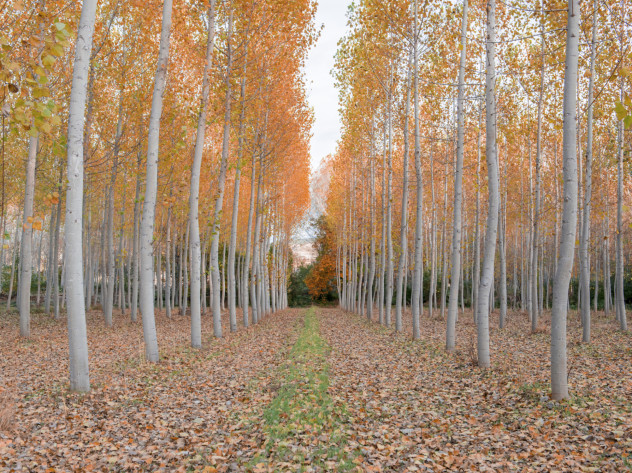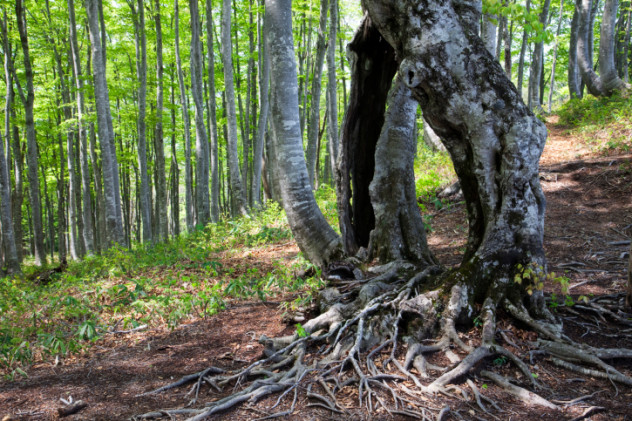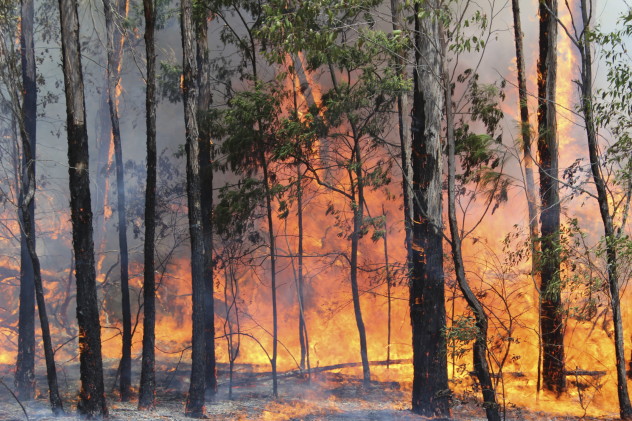 Mysteries
Mysteries  Mysteries
Mysteries  Creepy
Creepy 10 Scary Tales from the Middle Ages That’ll Keep You up at Night
 Humans
Humans 10 One-of-a-kind People the World Said Goodbye to in July 2024
 Movies and TV
Movies and TV 10 Holiday Movies Released at Odd Times of the Year
 Politics
Politics 10 Countries Where Religion and Politics Are Inseparable
 Weird Stuff
Weird Stuff 10 Freaky Times When Famous Body Parts Were Stolen
 Miscellaneous
Miscellaneous 10 Interesting Things Manufacturers Stopped Making and Why
 Gaming
Gaming 10 Funny Tutorials in Games
 History
History 10 Fascinating Little-Known Events in Mexican History
 Facts
Facts 10 Things You May Not Know about the Statue of Liberty
 Mysteries
Mysteries 10 Devastating Missing Child Cases That Remain Unsolved
 Creepy
Creepy 10 Scary Tales from the Middle Ages That’ll Keep You up at Night
 Humans
Humans 10 One-of-a-kind People the World Said Goodbye to in July 2024
Who's Behind Listverse?

Jamie Frater
Head Editor
Jamie founded Listverse due to an insatiable desire to share fascinating, obscure, and bizarre facts. He has been a guest speaker on numerous national radio and television stations and is a five time published author.
More About Us Movies and TV
Movies and TV 10 Holiday Movies Released at Odd Times of the Year
 Politics
Politics 10 Countries Where Religion and Politics Are Inseparable
 Weird Stuff
Weird Stuff 10 Freaky Times When Famous Body Parts Were Stolen
 Miscellaneous
Miscellaneous 10 Interesting Things Manufacturers Stopped Making and Why
 Gaming
Gaming 10 Funny Tutorials in Games
 History
History 10 Fascinating Little-Known Events in Mexican History
 Facts
Facts 10 Things You May Not Know about the Statue of Liberty
10 Freaky Things You Won’t Believe Trees Can Actually Do
Trees tend to be ignored because they don’t do much—until you look closer. Then, they just get weird. From unexpected forms of communication between themselves and other forms of life to the deadly measures they take to ensure their own survival, trees can rightfully demand a whole new level of respect.
10They Explode
If a military sadist that gives kindergarten names was ever allowed to design a plant, the sandbox tree would be it. Poison sits in nearly every part of the leaves, bark, and pumpkin-shaped seeds. The entire 30-meter (100 ft) trunk deters tree huggers with its closely packed thorns. And the seeds explode with such force that people and animals can easily get injured. While this is a good way for the tree to spread its seeds up to 40 meters (130 ft) away, the ejection speed is what makes it so lethal.
Clocking in at a deadly 240 kilometers per hour (150 mph), a nearby cow or human will actually get “shot” and can end up with serious wounds. If, for some inexplicable reason, a person decides to snack on the stuff, the explosive seeds can cause vomiting and diarrhea, and the tree sap is sadistically fond of ruining whatever it touches. It will bring about horrific skin rashes and blind the eyes. One thing is for sure: The sandbox tree is no indoor potted plant.
9They Employ Bodyguards

It’s kind of obvious that a tree is a lump of trunk that cannot shoo away any animals interested in a nibble. While it cannot help itself, this doesn’t mean that trees are now on the free menu. They are known for hiring bodyguards, and nothing keeps a hungry herbivore away like an ant up the nose.
The acacia tree has its own militia of hostile ants which it rewards with shelter and a special food. And it’s not just any old hamburger. It’s laced with molecules called protease inhibitors that block a specific enzyme that bugs need to digest protein. In other words, it’s a poor and dangerous meal for insects. Except for the tree’s army of ants. When they eat it, it doesn’t affect them in the least and is very nutritious. It’s a good deal for both; one receives shelter and exclusive food they don’t have to compete or search for and, in return, the ants attack anything trying to harm the tree.
8Suicide

A newly discovered palm tree must kill itself in order to procreate. These trees spend so much energy in order to attract pollinators that they have no sustenance left, and they die soon after bearing fruit. Cashew farmers accidentally discovered this oddity in Madagascar’s Analalava district and were dumbstruck by its mammoth dimensions. The 18-meter-high (58.5 ft) trunk adorned with sweeping 5-meter-wide (16 ft) leaves forms a pyramid-shaped plant so immense that it can be seen from space.
Flowering is the point of no return for this rare giant. Hundreds of tiny blooms adorn the stem tip when it begins its fatal cycle, and these blooms contain copious amounts of nectar that are highly successful in attracting the desired birds and insects. Each and every flower can be fertilized, which is perhaps why the palm doesn’t survive the mass fruiting. It literally gives up the nutrients it needs to survive in order to create the next generation. This certainly boosts Madagascar’s weird wilderness factor.
7They Touch Immortality

Trees are some of the oldest living organisms on the planet. Left in optimal conditions, there seems to be no limit on how old they’ll become. There is a spruce alive in Sweden today (pictured above) that was a seedling at the end of the last ice age. This traditional “Christmas tree” is at first glance a disappointing sight, considering that it’s 9,550 years old. Discovered in 2004, the Norway spruce looks like a normal young tree about 4 meters (13 ft) tall, but the secret to its longevity lies in its ability to clone itself. Whenever its trunk dies, a new one grows from the roots which are the truly ancient parts of the tree.
Mount Etna in Sicily is home to the oldest chestnut tree in the world, an old-timer possibly 4,000 years old and certified Guinness World Record holder for the largest girth at 58 meters (190 ft) in circumference. Some bristlecone pines from California’s White Mountains have been watching the world go by for up to 5,000 years and are still going strong. With this incredible time-defying ability, it’s tragic to note that trees in cities average a lifespan of about 13 years.
6Make Their Own Fertilizer

Researchers have discovered a new ability in trees that have been chopped down. Somehow, the remaining stump draws nitrogen from the air and fertilizes the area around itself with this powerful nutrient for plants. Tropical forest trees are apparently quite good at this. After being logged, they also capture carbon from the atmosphere which allows them a better chance at recovery.
Nor are the trees stingy. The nutrients are released into the immediate area which allows nearby plant life to also benefit from the captured plant food. This ability to draw nitrogen from the air is something trees can switch on or off depending on the plant’s needs, but only certain species can do it. During the early stages of forest regrowth, the difference in recovery between those that can and those that can’t is markedly different. Tree species that lack this ability put on carbon weight up to nine times slower than their nutrient-fishing cousins.
5Amputate Limbs

Trees cannot heal a physical wound like a human does. In order to remain healthy and alive, a tree needs to be energy-efficient, and recovery is just an unaffordable drain on resources. Instead of applying a Band-Aid and mustering up some healing, the plant blocks off all life to the injured part, effectively abandoning it. The benefits of this are twofold. Not only does this shut the door solidly in the face of nasties that could further infect the entire tree, but it can now spend its valuable energy on new growth somewhere else.
However, amputation is not a fail-safe survival switch. Sometimes, a wound is just too large or infected, and sickness and rot eventually kill off the tree. But when it does work, the damaged cells start the process through leaking their contents which then oxidize and form the lifesaving barrier. As time passes, the wound will eventually close up as every year’s new growth forms around it.
4They Have Audible Angst

French scientists have recorded a sound trees make when they undergo drought stress. They don’t ask for a cup of tea in a parched voice—oh, no—trees get weird. They bubble. But by the time they’re bloop-blooping somewhere in the ultrasonic range, a dangerous process is already occurring that can prove fatal to the unlucky bubbler.
To get water to all of their extremities, trees suck the lifesaving liquid—under the pressure of several atmospheres—through special tubes called xylem. During a drought, the plant must increase this pressure but, in doing so, air bubbles form that can interfere with the water flow, and these are the stress sounds now audible to the right microphone.
Scientists call the phenomena “cavitations” and, since too many cavitations can kill trees—sometimes endangering valuable plantations—it’s crucial to know when they start. The French scientists are aiming to eventually create a device that can capture this ultrasonic noise in order to alert forest managers when a tree needs an emergency watering or even automatically activate a watering device.
3Molecular Memory
 During a study of genetically identical poplar trees, researchers found that the specimens responded to their present environment based on what individuals had gone through in the past, pointing to some sort of memory at a molecular level. Researchers took stem cuttings from poplars and, apart from the fact that the cuttings came from two different nurseries, everything else about the experiment that followed was identical. The genes of the cuttings, species, and environment in which they were raised were all the same to allow researchers to notice any difference in reaction. And they got it.
During a study of genetically identical poplar trees, researchers found that the specimens responded to their present environment based on what individuals had gone through in the past, pointing to some sort of memory at a molecular level. Researchers took stem cuttings from poplars and, apart from the fact that the cuttings came from two different nurseries, everything else about the experiment that followed was identical. The genes of the cuttings, species, and environment in which they were raised were all the same to allow researchers to notice any difference in reaction. And they got it.
Simulating drought for some while watering the rest, the scientists expected the poplars to all react the same since they were in effect genetic clones. But the trees from Alberta activated a different group of genes in response to the “drought” than the poplars obtained from Saskatchewan. This pointed to the plants “remembering” where they came from.
2Language Of Leaves

Perhaps “leaves” is the wrong word here. Trees do not use sign language with their foliage to greet each other in the morning—that would just freak everybody out. Communication between trees happens subtly and below ground. Suzanne Simard, a forest ecologist, has made the unprecedented discovery that forest trees communicate and share resources with each other via their roots. With the help of symbiotic fungi, trees can actually feed seedlings with the nutrients the youngsters need to survive.
This fungal network also allows bigger trees the opportunity to swap necessities like water and carbon with other trees, depending on their needs. Simard also identified the phenomenon of “mother trees”—the really old and massive trees in a forest. Not only are mother trees connected to all the other trees, but they seem to be the heartbeat of the woodland. They control and dispense resources through the massive fungal web and, when such a matriarch is chopped down, younger trees face a reduced survival rate.
1Arson As A Competitive Edge

Wryly nicknamed “gasoline trees,” the popular eucalyptus tree is almost designed to prepare the groundwork for a devastating bush fire. Their broad ribbons of dry, peeling bark create tinder all over the place, made even more dangerous by the extremely flammable oil it produces.
This combination is what makes this tree the firefighter’s archenemy because it can turn a manageable ground fire into an uncontrollable firestorm in minutes. In 1991, over 3,000 homes and 25 lives were lost after eucalyptus trees caught fire throughout the Oakland Hills of California. After such sweeping wildfires, eucalyptus babies thrive without a problem. During their first couple of years, the young trees will grow intensively, sometimes at the cost of other species that can’t keep up. Despite their arsonist nature, eucalyptus trees remain coveted for their strange beauty, fast growth, and prized essential oil.
A tree hugger that won’t be hugging some trees on this list.








